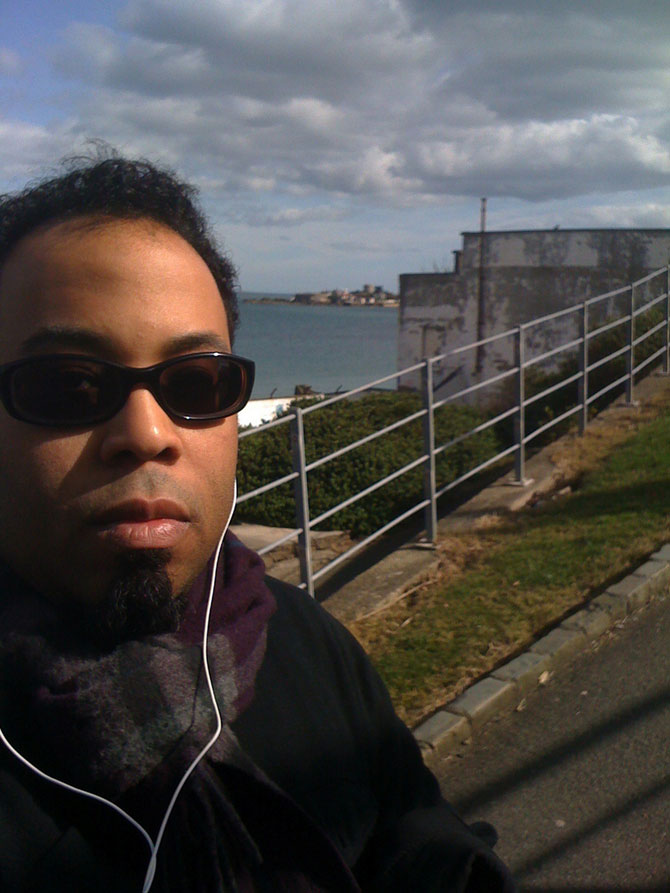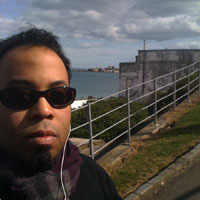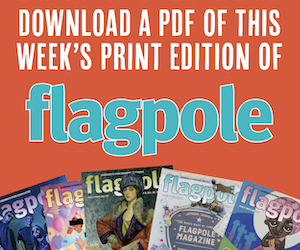Most people glaze over at the thought of settling into a collection of essays at the end of a long day. Our culture has become averse to the genre to the point that publishers avoid even using the term “essays†for books they hope will sell to general readers. But that’s changing, and some of today’s most exciting writing is being done as nonfiction essays―or what some tribes call creative nonfiction―and the form seems to be making a minor comeback.
John Jeremiah Sullivan’s Pulphead: Essays (2011, FSG) has made inroads with readers of literary fiction and been named in many critics’ best books lists. Otherwise Known as the Human Condition: Essays and Reviews (2011, Graywolf) by Geoff Dyer, one of the finest multi-genre writers we have, also takes language to places it normally only goes in fiction. In a December 2011 New Yorker article, James Wood praised both of these writers for breathing new life into nonfiction. I’d add to their company Dave Tompkins, author of How to Wreck a Nice Beach: The Vocoder from World War II to Hip-Hop (2010, Melville House Press), which has just been reissued in paperback with a 7-inch featuring three vocoder tracks.

Now, Kevin Young, one of our best contemporary poets, joins the fray with his first book of nonfiction, The Grey Album: On the Blackness of Blackness (Graywolf, March). It shouldn’t be surprising that a poet as talented as Young can make nonfiction sing. What’s truly impressive are his depth and range of knowledge and the book’s scope and ambition. Tackling huge swaths of cultural contributions black Americans have made to the world, Young riffs and ruminates on literature, art, film, food, high and low culture and, very prominently, music. Running through the essays are several overarching themes, including the idea that black Americans have a unique “counterfeit culture†with roots in slavery that is based on forging new identities out of lies―something Young also calls “storying.â€
You won’t find many authors who can take on Henry Louis Gates about his views on Phillis Wheatley and who can deftly wrestle with some of hip-hop’s more troubling aspects like homophobia and who can make the case that blacks have been unjustly written out of the history of modernism―all in one book. Like Dyer and Sullivan, Young not only reveals but also entertains and moves his readers through the sheer artistry of his writing. Take this beautiful summation of the ties between disco and hip-hop: “Disco’s anthemic possibilities found fruition in its offspring hip-hop (and its “outside child,†house music). Hip-hop got most of the glory, electronica got to keep the house: but for a while there, all were under one large roof where the Party raged. We don’t need no water, let the motherfucker burn. And Paradise reigned.â€

Kevin Young
We’re lucky that we can claim Young as a local―local by today’s standards, at least. He had a teaching stint at UGA back in the day. He lives in Atlanta, and when he isn’t writing poetry his day job is as the Atticus Haygood Professor of English and Creative Writing at Emory University. He’s also curator of the Literary Collections and Raymond Danowski Poetry Library. Keep up with Young’s work and see where he may be reading in the area next at www.kevinyoungpoetry.com.
It’s been almost 30 years since Juan Atkins and Derrick May, two DJ friends in Detroit, took the disparate influences of Kraftwerk and Parliament and turned them into what would become the main musical DNA of techno. You can still hear that techno influence in much of mainstream pop today, and it’s hard to even imagine what Rihanna or the inescapable LMFAO would even sound like without those sources.
Simon Reynolds’ Energy Flash: A Journey through Rave Music and Dance Culture (Soft Skull Press, March) is one of the best books on techno, and it’s just been reissued in “a generation ecstasy extended remix for the 21st century.†Reynolds writes as a music critic/ participatory anthropologist. In other words, he takes the drugs and dances in the warehouses whereof he speaks. Originally published in 1998, it’s a great road map starting with Detroit techno, following the scene over to the U.K. and Europe, and then back to the West Coast of the U.S. The book is enjoyably partisan. Reynolds is an ardent fan of hardcore rave over forms like trance or intelligent techno, yet manages to cover the other scenes without being (too) dismissive. The new edition contains four new chapters covering the past 10 years, a chapter on DJ-ing, and a conversation Reynolds held with an imaginary interviewer about dance culture.
Some more music titles out this spring:
Michael Bourdaghs examines Japanese pop since WWII in Sayonara Amerika, Sayonara Nippon: A Geopolitical Prehistory of J-Pop (Columbia University Press, February). Commando: The Autobiography of Johnny Ramone features a ton of photos and a lavish package (Abrams, February). David Schiff uses Duke Ellington as a lens to explore the music written in the first part of the last century in The Ellington Century (University of California Press, February). Don McLeese’s Dwight Yoakam: A Thousand Miles from Nowhere is the first book in the new American Music Series edited by Peter Blackstock and David Menconi (University of Texas Press, March). Talking Heads Fear of Music by Jonathan Lethem is the latest in the 33 1/3 series (Continuum, April). Bounce: Rap Music and Local Identity in New Orleans is Emory professor Matt Miller’s first book (University of Massachusetts Press, May). Gregg Allman tells his version of the Allman Brothers’ story in My Cross to Bear (HarperLuxe, May). A collection of essays drawn from the Experience Music Project Pop Conference looks at how music is made in times of war and upheaval in Pop When the World Falls Apart: Music in the Shadow of Doubt (Duke University Press, April). Musics of Latin America, edited by Robin Moore, is a sweeping survey of music from this diverse part of the world (W.W. Norton, April). Rebekah Farrugia genders the DJ booth in Beyond the Dance Floor: Female DJs, Technology, and Electronic Music Dance Culture (Intellect Books, May). Brazilian music fans take note of Frederick Moehn’s Contemporary Carioca: Technologies of Mixing in a Brazilian Music Scene (Duke University Press, April).
Like what you just read? Support Flagpole by making a donation today. Every dollar you give helps fund our ongoing mission to provide Athens with quality, independent journalism.







